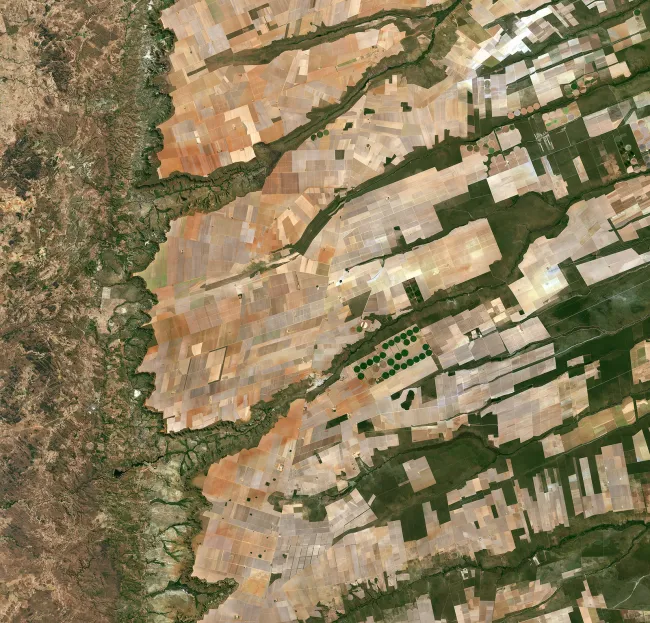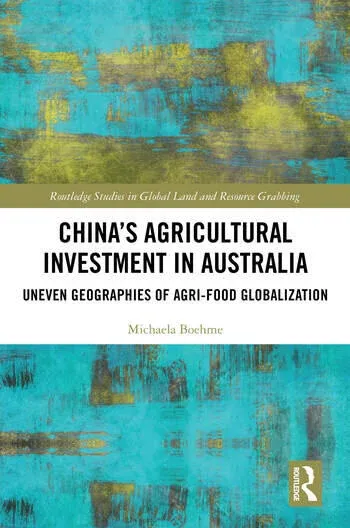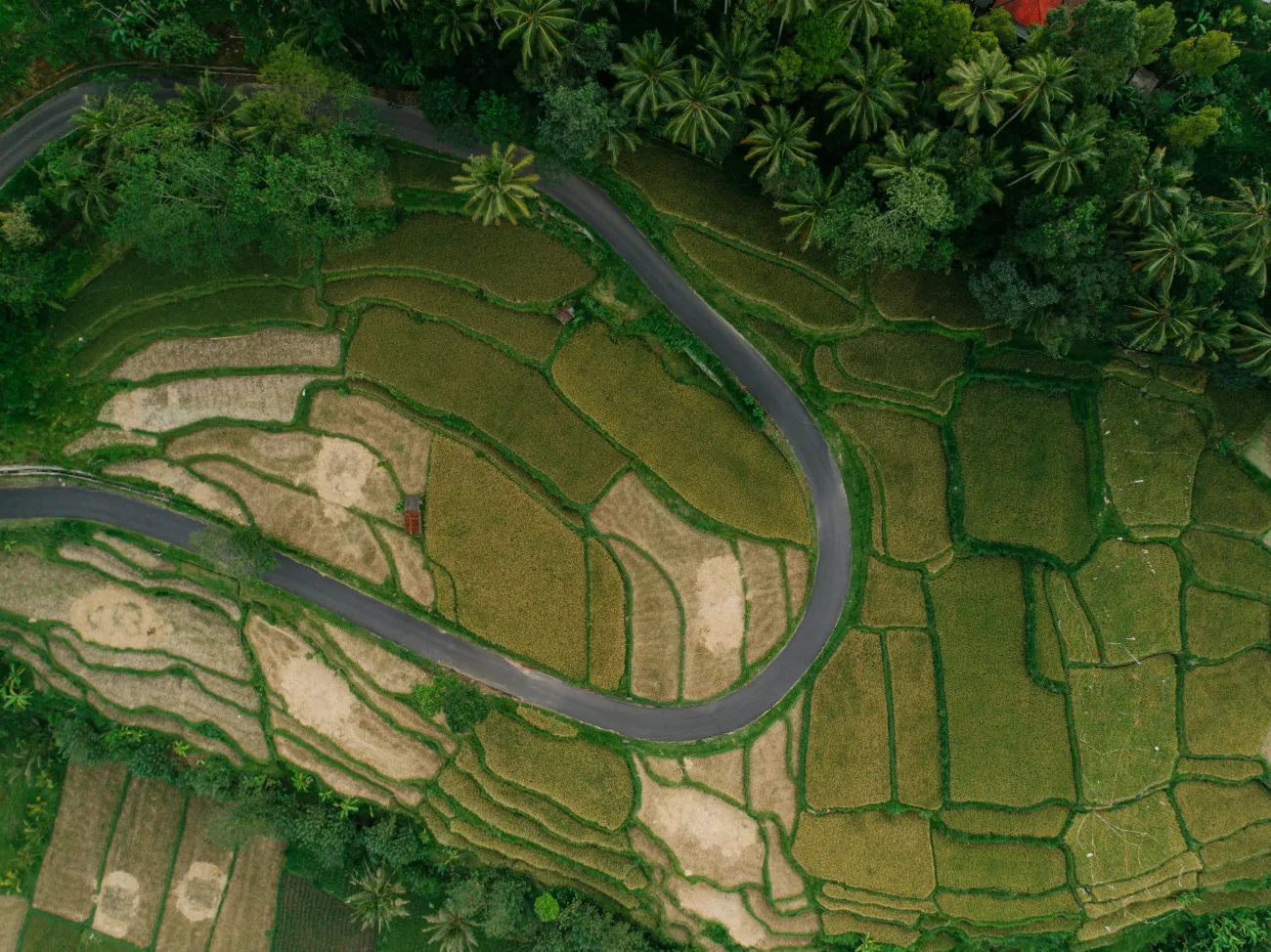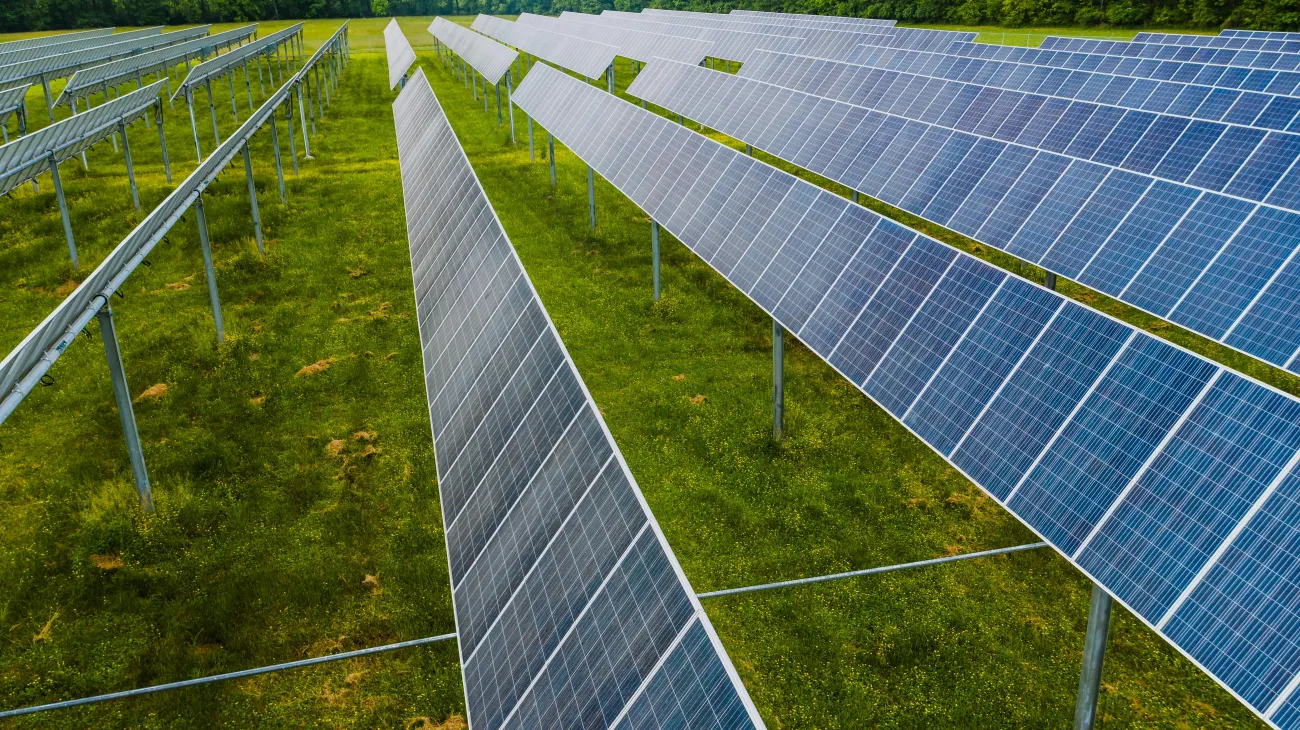Better models are needed to assess and manage conflicting requirements for ecosystems services from land, a recent paper argues. These “uber integrated assessment models”, as the paper calls them, would help decision-makers to better understand the links between local and global land use policies.

The paper points out that demand for ecosystems services from land, such as food supply and water, is predicted to grow, driven by economic and population growth. However, the area of land available for agriculture is decreasing, e.g. due to urbanisation and sea level rise. Land area also may not be high enough to meet new demands resulting from climate goals, such as bioenergy with carbon capture and storage.
The paper discusses some limitations of existing land use models, such as insufficient consideration of the interactions between different sectors, the counterintuitive nature of complex systems such as markets and ecosystems, trade-offs between different land uses and the importance of local context.
The paper calls for development of holistic land management tools and consideration of social problems such as how the importance of different ecosystems services and people’s needs are weighted relative to one another. It also points to some major inefficiencies in the current system of land use, particularly that one third of global crops are fed to livestock, one third of food produced is lost or wasted and many people eat more food than they need.
Abstract
Land provides a range of critical services for humanity (including the provision of food, water and energy). It also provides many services that are often socially valuable but may not have a market value. Demand projections for land-based services, accounting for the significant requirement for negative emissions needed to meet a 1.5°C pathway, may exceed what can be sustainably supplied. It is therefore critical to explore how to optimise land use (and if necessary, limit demand), so societies can continue to benefit from all services into the future. Unlike the energy or the transport sectors, however, there is limited understanding or consensus over what ‘optimal’ land use might look like (from a science perspective), or how to bring it about (from a governance perspective).
Reference
Benton, T.G., Bailey, R., Froggatt, A., King, R., Lee, B. and Wellesley, L., 2018. Designing sustainable land use in a 1.5°C world: the complexities of projecting multiple ecosystem services from land. Current Opinion in Environmental Sustainability, 31, pp.88-95.
Read the full paper here. See also the Foodsource building block What is land use and land use change?




Comments (0)